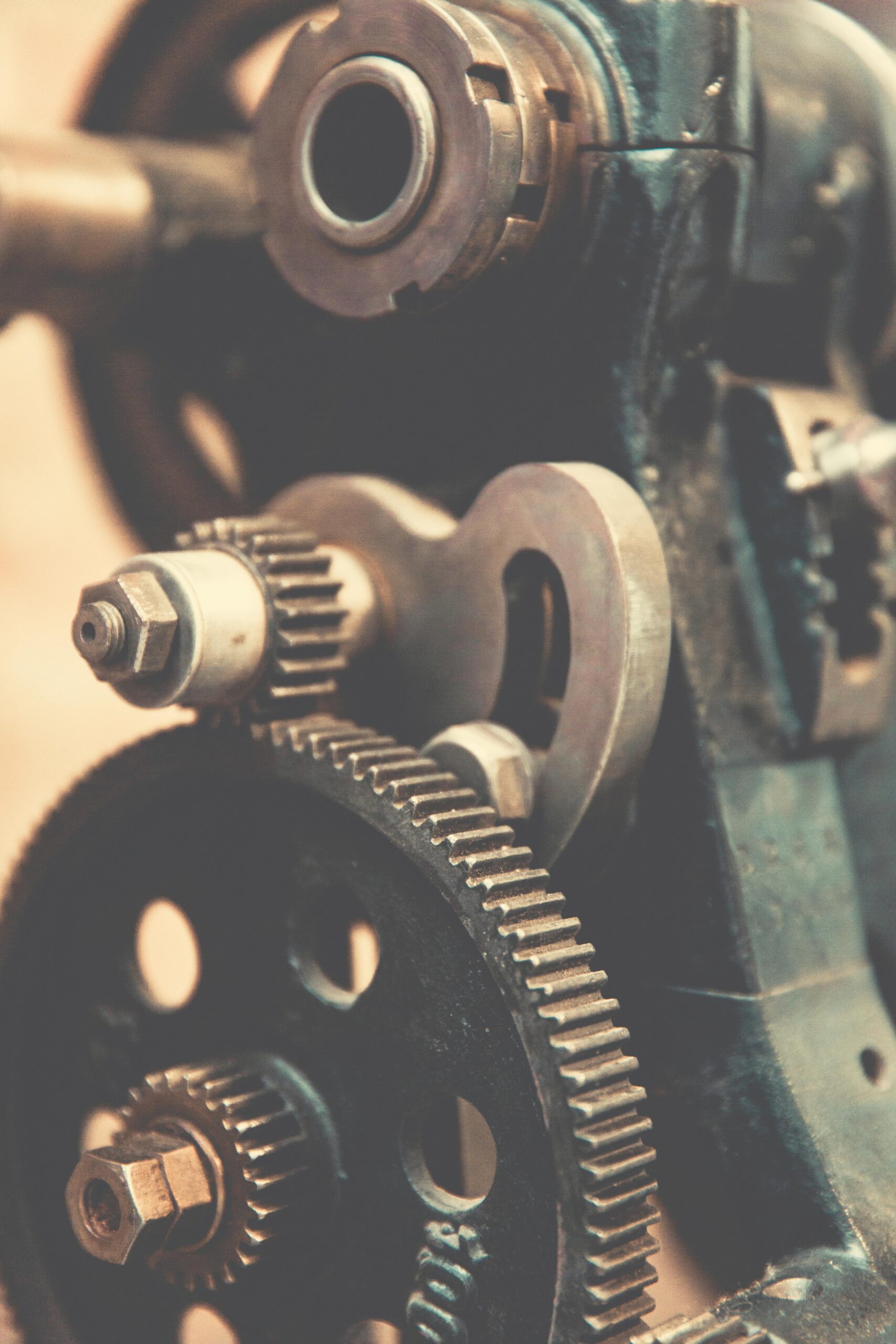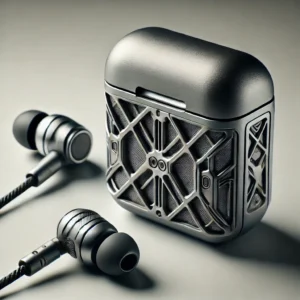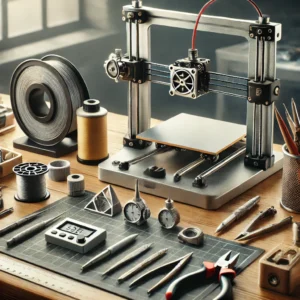3D metal materials selection made easy

Discover the benefits and applications of 3D printing metals like Aluminum, Titanium, Copper, and Steel. Learn about their unique properties and uses in additive manufacturing.
The world of 3D printing has expanded beyond plastics, with metals becoming increasingly popular for additive manufacturing. In this article, we’ll explore the benefits and applications of 3D printing metals like Aluminum, Titanium, Copper, and Steel.
Aluminum: Lightweight and Corrosion-Resistant
Aluminum is a popular choice for 3D printing due to its low density, corrosion resistance, and high strength-to-weight ratio. Its applications include aerospace, automotive, and industrial parts.
Titanium: High-Strength and Bio-compatible
Titanium boasts exceptional strength, low density, and bio-compatibility, making it ideal for 3D printing medical implants, aerospace components, and high-performance sports equipment.
Copper: Excellent Conductivity and Durability
Copper is prized for its outstanding electrical and thermal conductivity, corrosion resistance, and durability. Its uses include 3D printing electrical components, heat exchangers, and architectural features.
Steel: Strong and Versatile
Steel is a robust metal alloy offering high strength, versatility, and affordability. Its applications in 3D printing include construction, automotive, and industrial parts.
Metal 3D printing offers numerous benefits, including:
– Increased complexity and customization
– Reduced material waste and energy consumption
– Improved product performance and durability
– Enhanced design flexibility and innovation
3D printing metals like Aluminum, Titanium, Copper, and Steel offer a wide range of benefits and applications in additive manufacturing. By understanding the unique properties and uses of each metal, industries can unlock new possibilities for innovation and growth. As metal 3D printing continues to evolve, we can expect to see even more exciting developments and applications in the future.



